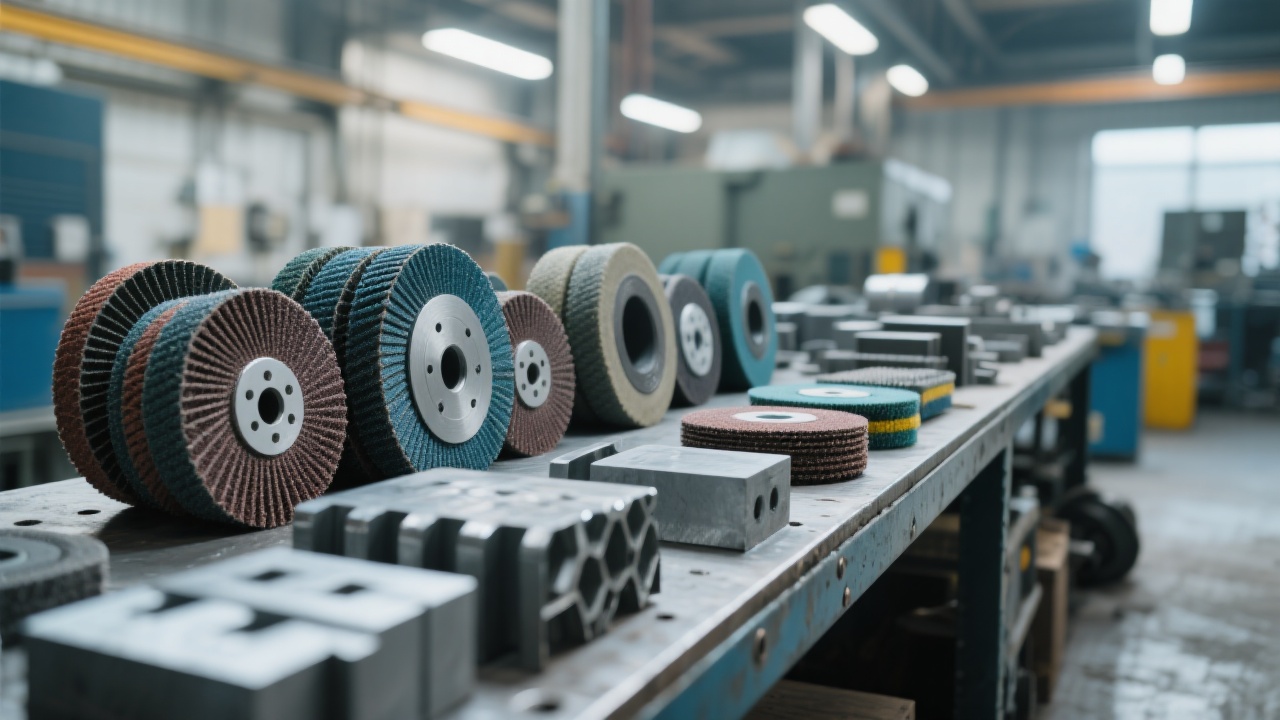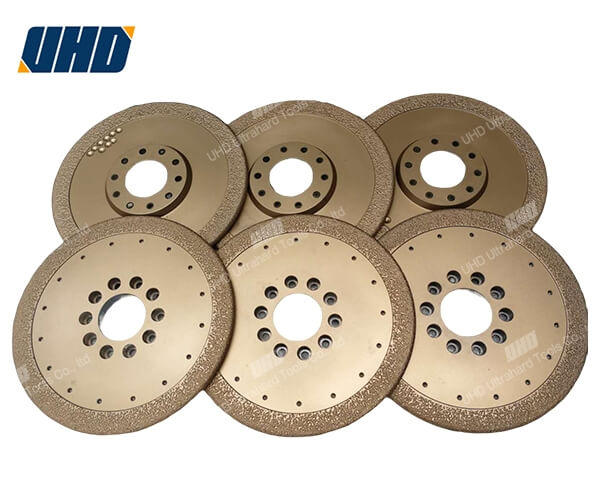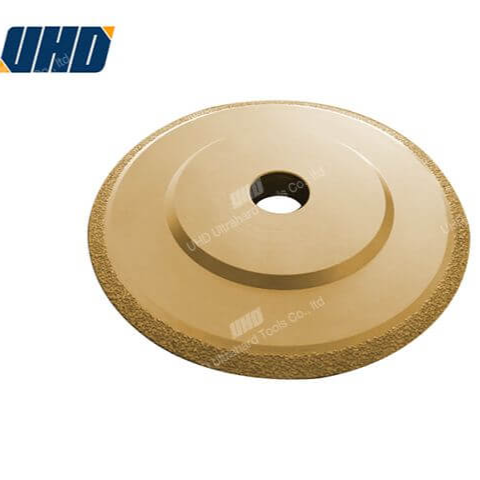
As you navigate the world of automatic grinding equipment, you may have encountered numerous challenges that affect the stability and efficiency of your grinding system. One of the most critical factors that often goes overlooked is the condition of the grinding wheel. In fact, the state of the grinding wheel can significantly determine the overall performance of your automatic grinding equipment.
Let's start by understanding the pain points in equipment operation. A poorly maintained grinding wheel can lead to a series of problems, such as reduced grinding efficiency, increased downtime, and lower product quality. For instance, a dull grinding wheel may cause the equipment to work harder, consuming more energy and increasing the risk of breakdowns. According to industry statistics, improper grinding wheel maintenance can result in a 20 - 30% decrease in grinding efficiency and a significant increase in production costs.

How can you tell if your grinding wheel is starting to dull? There are several key signals to watch out for. One of the most obvious signs is the fluctuation of grinding force. When the grinding wheel becomes dull, it requires more force to perform the same amount of grinding, leading to an increase in grinding force. Another signal is the rise in surface roughness of the workpiece. A sharp grinding wheel can produce a smooth surface finish, but as it dulls, the surface quality of the workpiece deteriorates.
The main causes of grinding wheel dulling include abrasive wear, clogging, and breakage. Abrasive wear occurs when the abrasive grains on the grinding wheel gradually wear down during the grinding process. Clogging happens when chips and debris accumulate in the pores of the grinding wheel, reducing its cutting ability. Breakage can be caused by excessive grinding force or improper handling.
Now that you know the importance of identifying dulling signals, let's explore the scientific methods of dressing the grinding wheel. The first step is to control the dressing frequency. Generally, it is recommended to dress the grinding wheel every 10 - 15 hours of operation, depending on the type of grinding process and the quality of the grinding wheel. However, this frequency may need to be adjusted based on the actual operating conditions.
Next, you need to choose the right dressing tool. Diamond dressing tools are commonly used due to their high hardness and wear resistance. When selecting a diamond dressing tool, consider factors such as the size, shape, and concentration of the diamond. The dressing parameters, such as dressing depth, dressing feed rate, and dressing speed, also play a crucial role in achieving optimal dressing results. A proper combination of these parameters can ensure that the grinding wheel is dressed effectively and efficiently.

Coolant management is another important aspect that affects the life and performance of the grinding wheel. Coolant helps to reduce the temperature during the grinding process, preventing the grinding wheel from overheating and reducing the risk of thermal damage. It also helps to flush away chips and debris, keeping the grinding wheel clean and improving its cutting ability.
However, improper coolant management can have the opposite effect. If the coolant is not properly filtered or maintained, it can lead to clogging of the grinding wheel and corrosion of the equipment. Therefore, it is essential to regularly check the coolant level, concentration, and quality, and replace the coolant as needed. Studies have shown that proper coolant management can extend the life of the grinding wheel by up to 40%.
Abnormal vibrations in the grinding equipment can be a sign of various problems, including a dull grinding wheel, misaligned components, or imbalance. These vibrations can not only affect the quality of the workpiece but also cause premature wear and tear of the equipment. To identify abnormal vibrations, you can use vibration sensors or simply observe the operation of the equipment. If you notice any unusual vibrations, it is important to take immediate action to diagnose and fix the problem.
Early warning strategies can help you detect potential problems before they cause significant damage. By regularly monitoring the vibration levels and other operating parameters of the equipment, you can identify trends and patterns that may indicate an impending problem. This allows you to take preventive measures, such as dressing the grinding wheel or adjusting the equipment settings, to avoid costly downtime and repairs.
To ensure the long - term stability and efficiency of your automatic grinding equipment, it is crucial to establish a standardized preventive maintenance process. This process should include regular dressing of the grinding wheel, coolant management, vibration monitoring, and other maintenance tasks. By integrating this process into your MES/TPM system, you can automate the maintenance schedule and ensure that all maintenance tasks are carried out in a timely and consistent manner.

Let's take a look at a real - world example. A manufacturing plant was experiencing frequent downtime and low product quality due to improper grinding wheel maintenance. After implementing a standardized preventive maintenance process that included regular dressing, coolant management, and vibration monitoring, the plant was able to reduce downtime by 30% and extend the life of the grinding wheel by 50%. This not only improved the overall efficiency of the production process but also increased the profitability of the plant.
Mastering these 4 details can let your grinding wheel be used for an extra half - year! Don't miss out on the opportunity to optimize your grinding process and save costs. 立即下载PDF技术手册,获取完整修整参数表 (Download the PDF technical manual now to get the complete dressing parameter table) and start implementing a comprehensive preventive maintenance plan for your automatic grinding equipment today.

